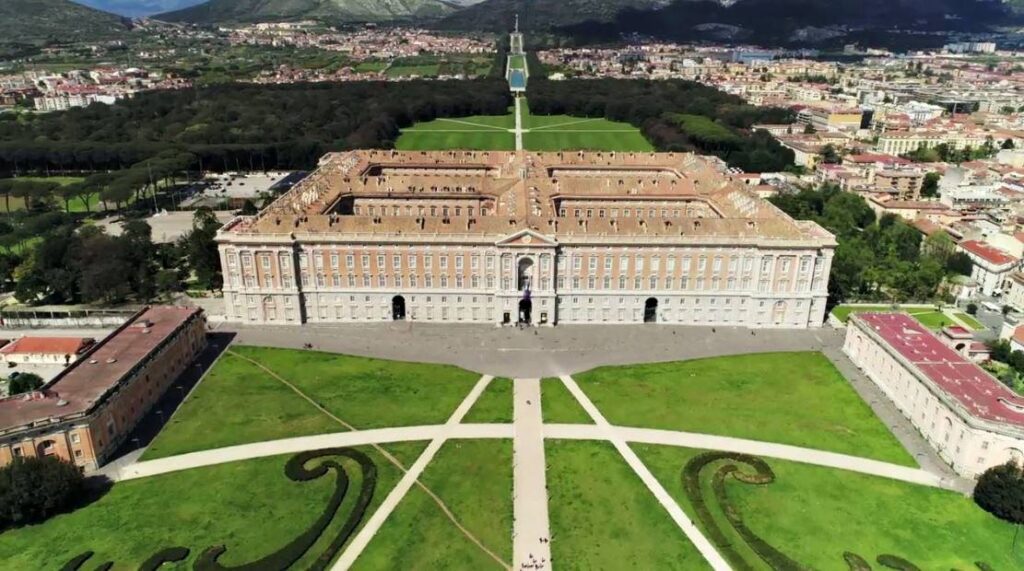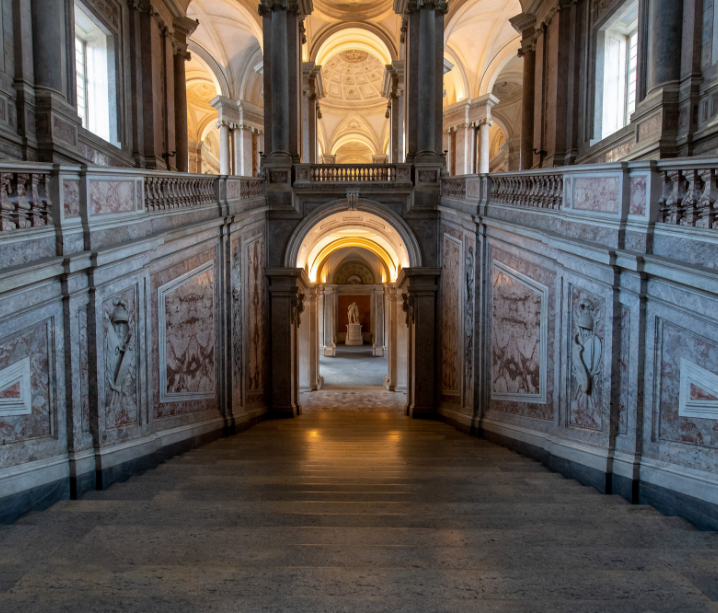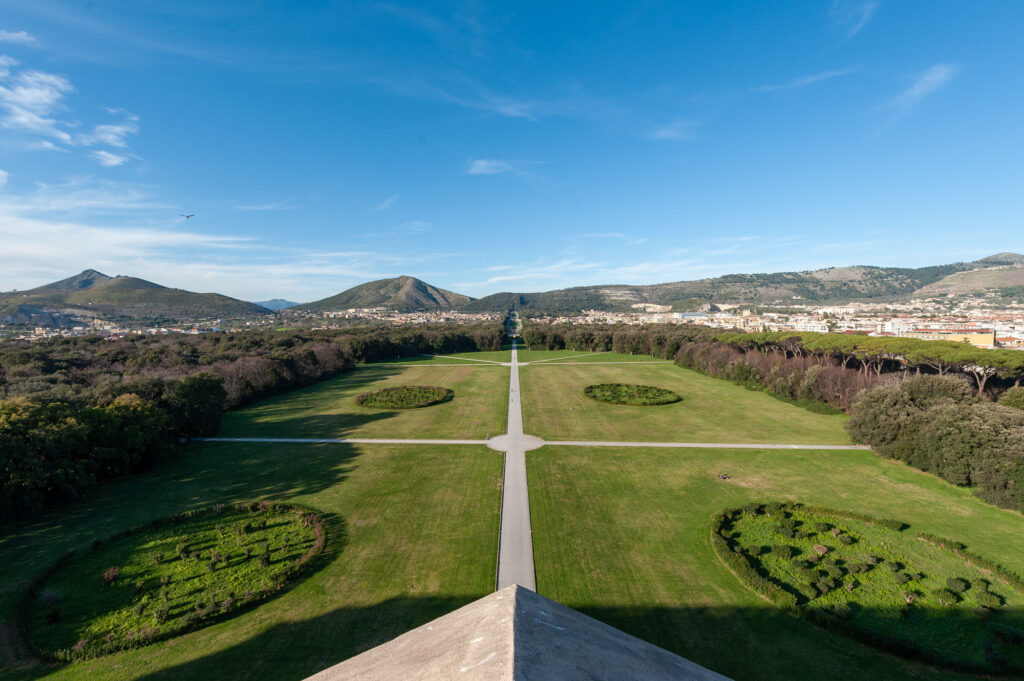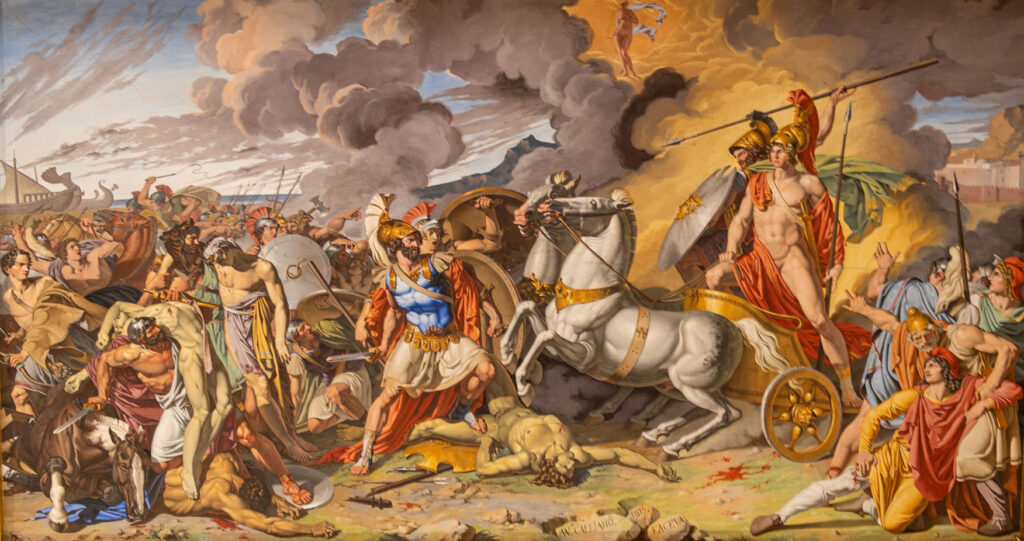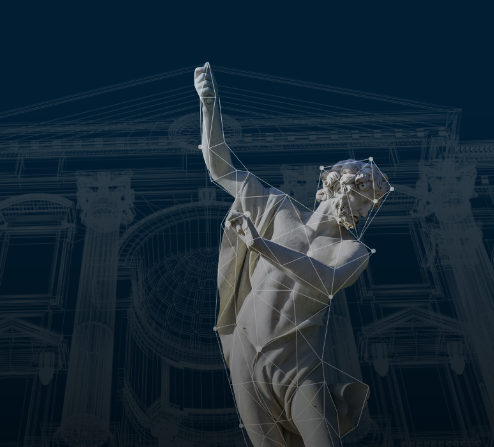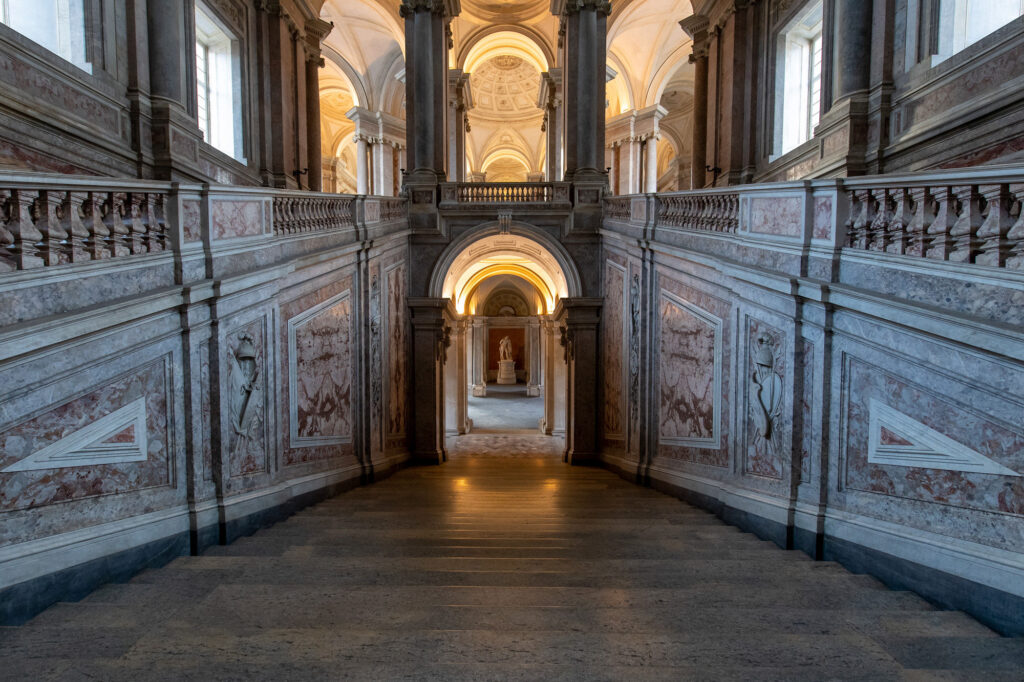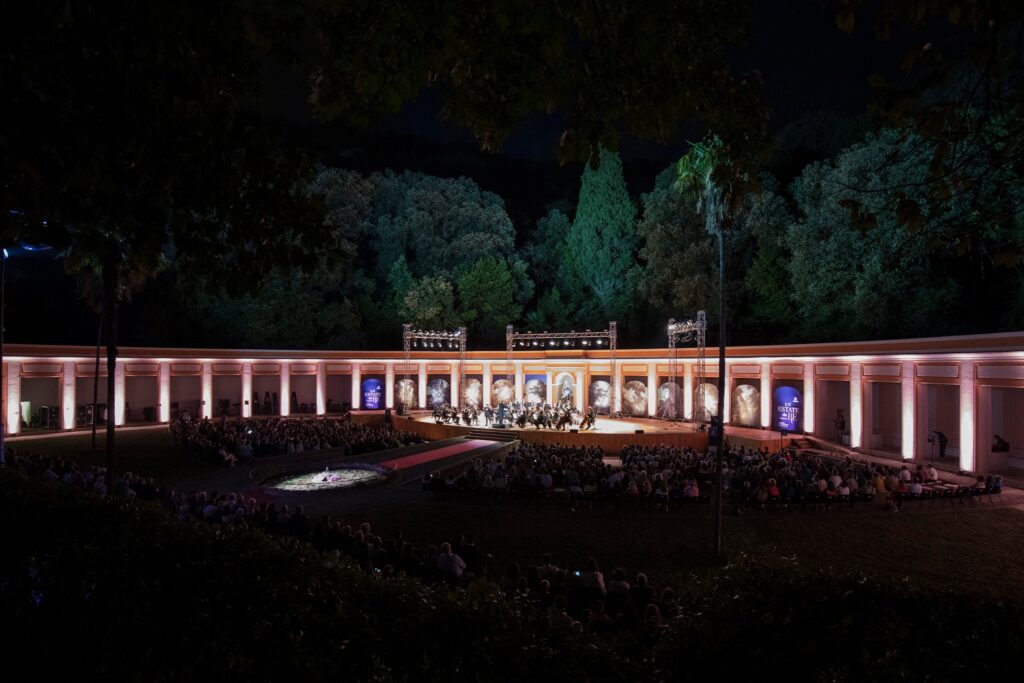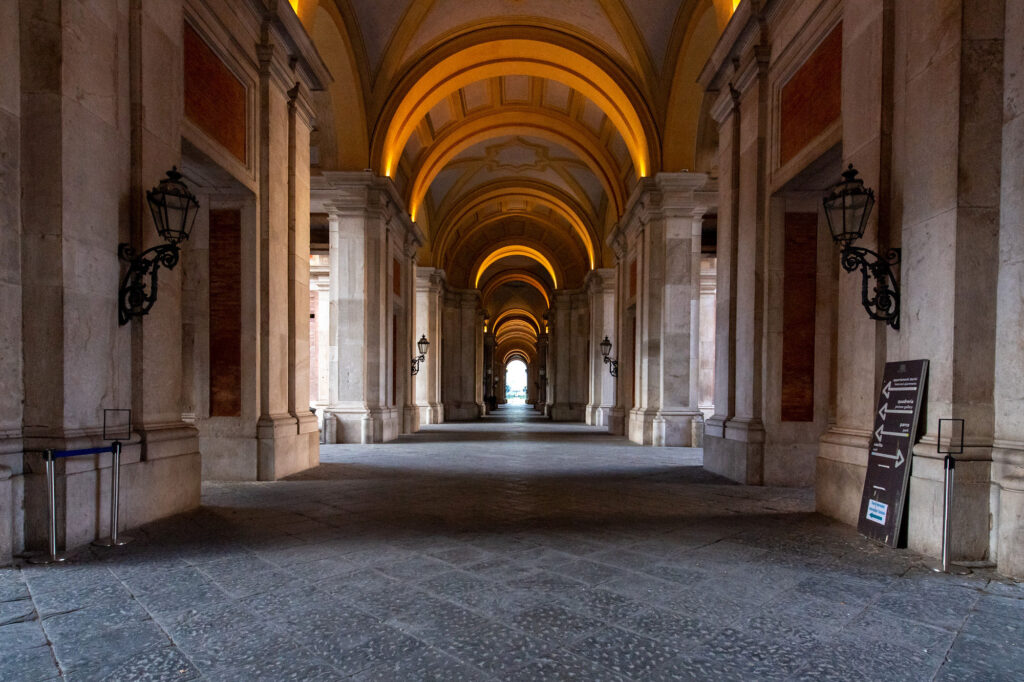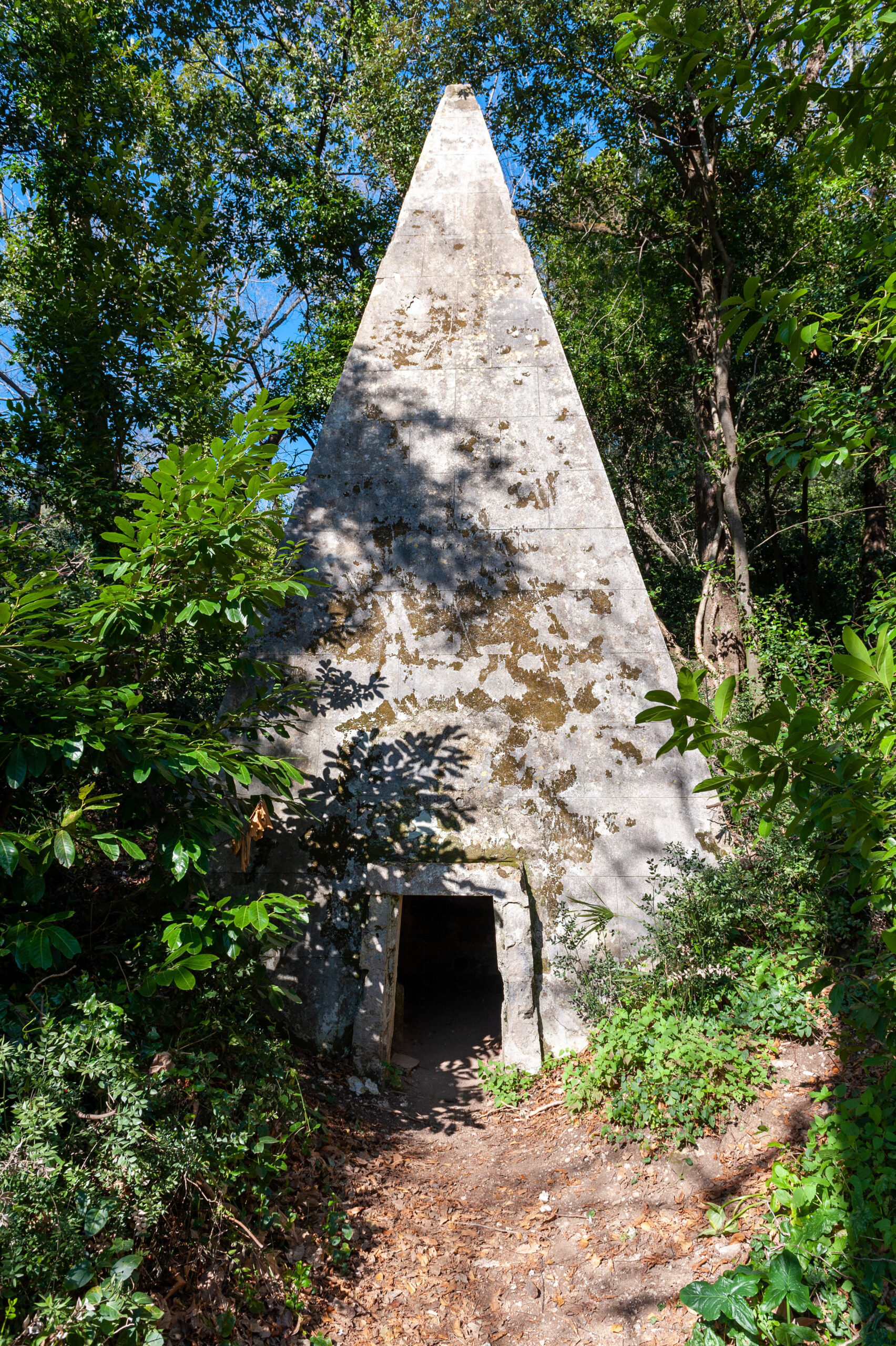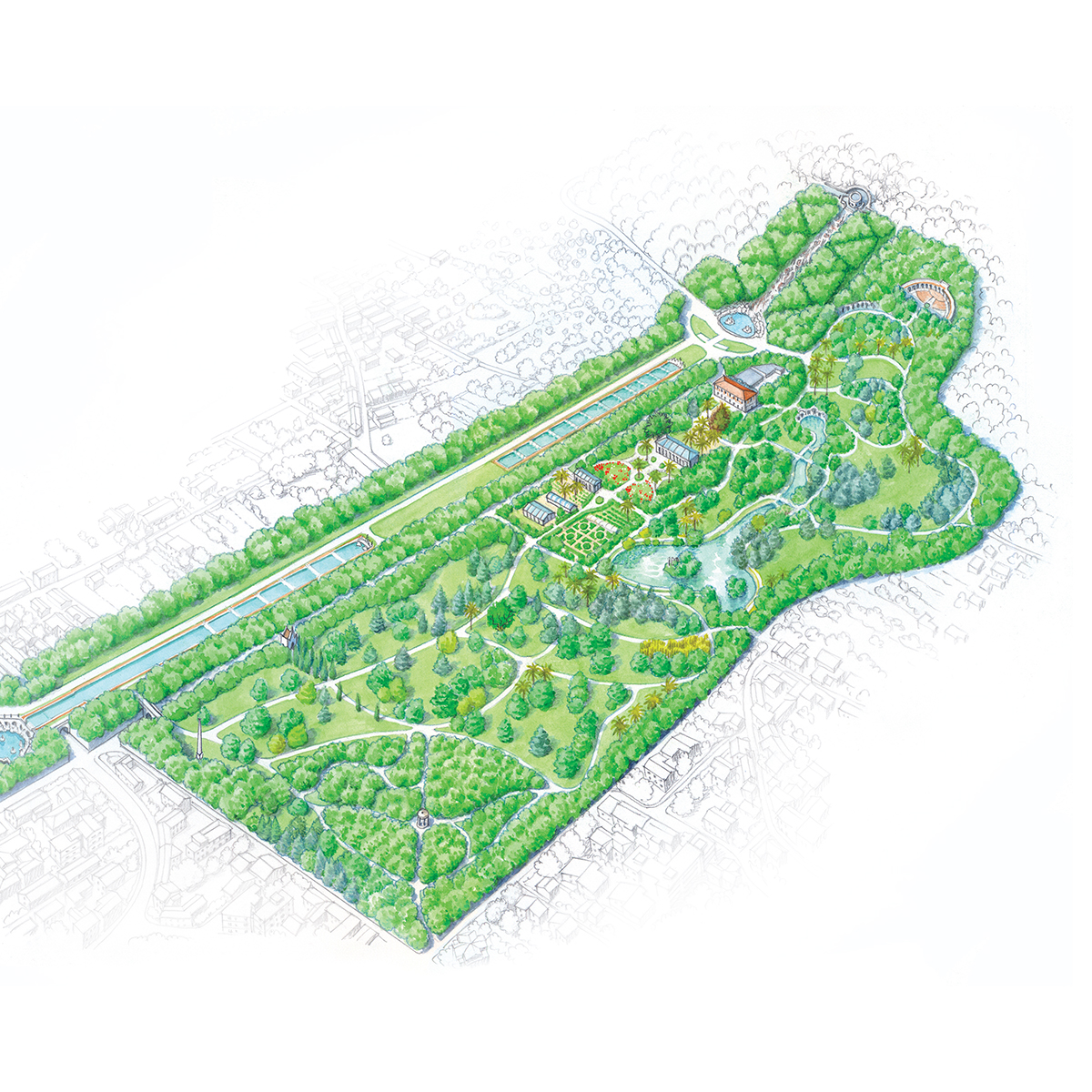An ancient symbol inside a modern garden
Along the perimeter of the English Garden, just beyond the Aperia, a small Pyramid hides on the left among the vegetation. From there, a now underground canal carries the water to the Shepherd’s Fountain and the Bath of Venus. An opening gives access to a small dark environment that contributes to the mystical atmosphere of the monument. Completed in 1828, the Pyramid is linked to the traditions of Freemasonry. Its shapes evoke the relationship between mankind and the divine, according to initiatory practices in vogue between the eighteenth and nineteenth centuries. Similar symbolic and decorative elements are found in other European parks, such as the Parc Monceau in Paris.
See the map

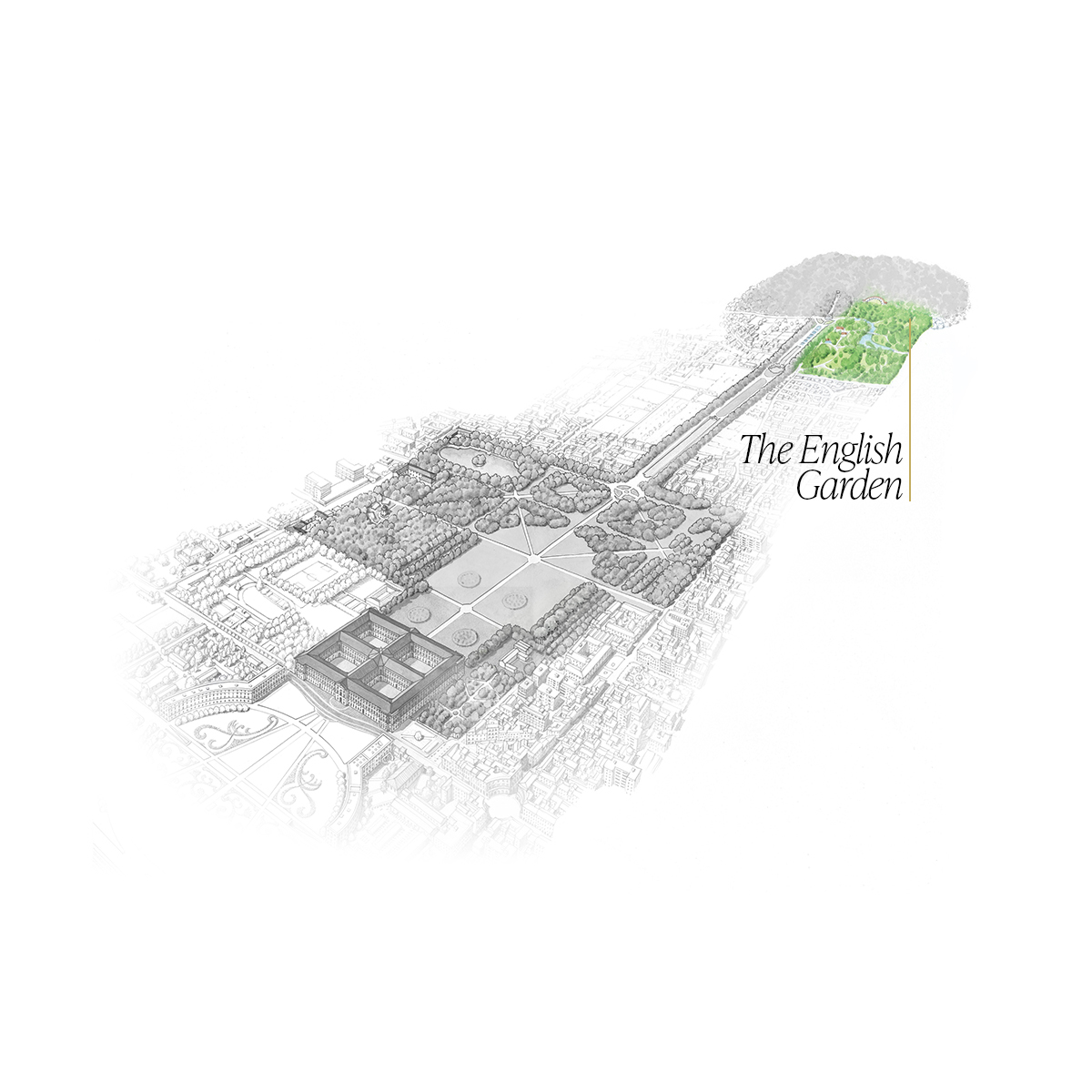
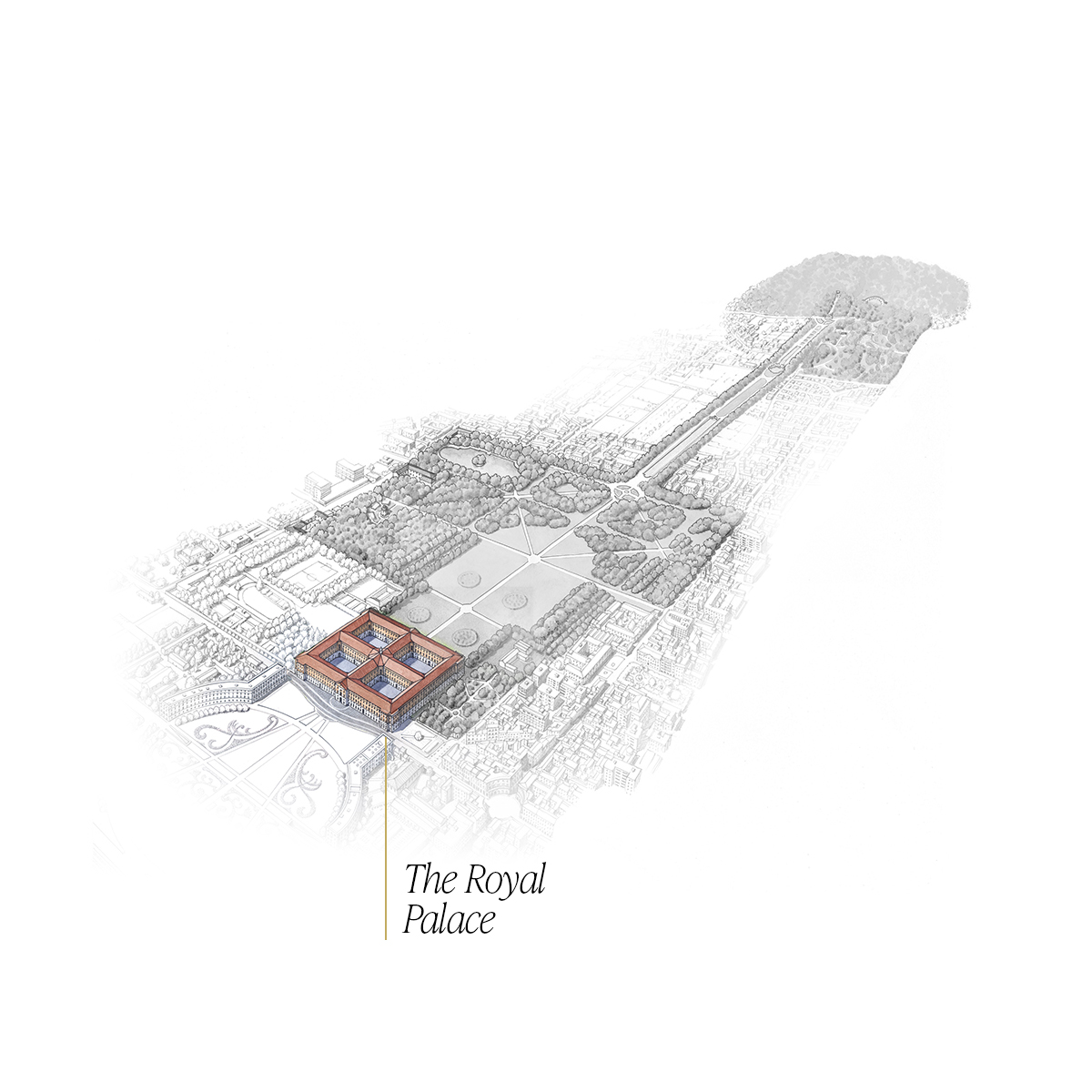
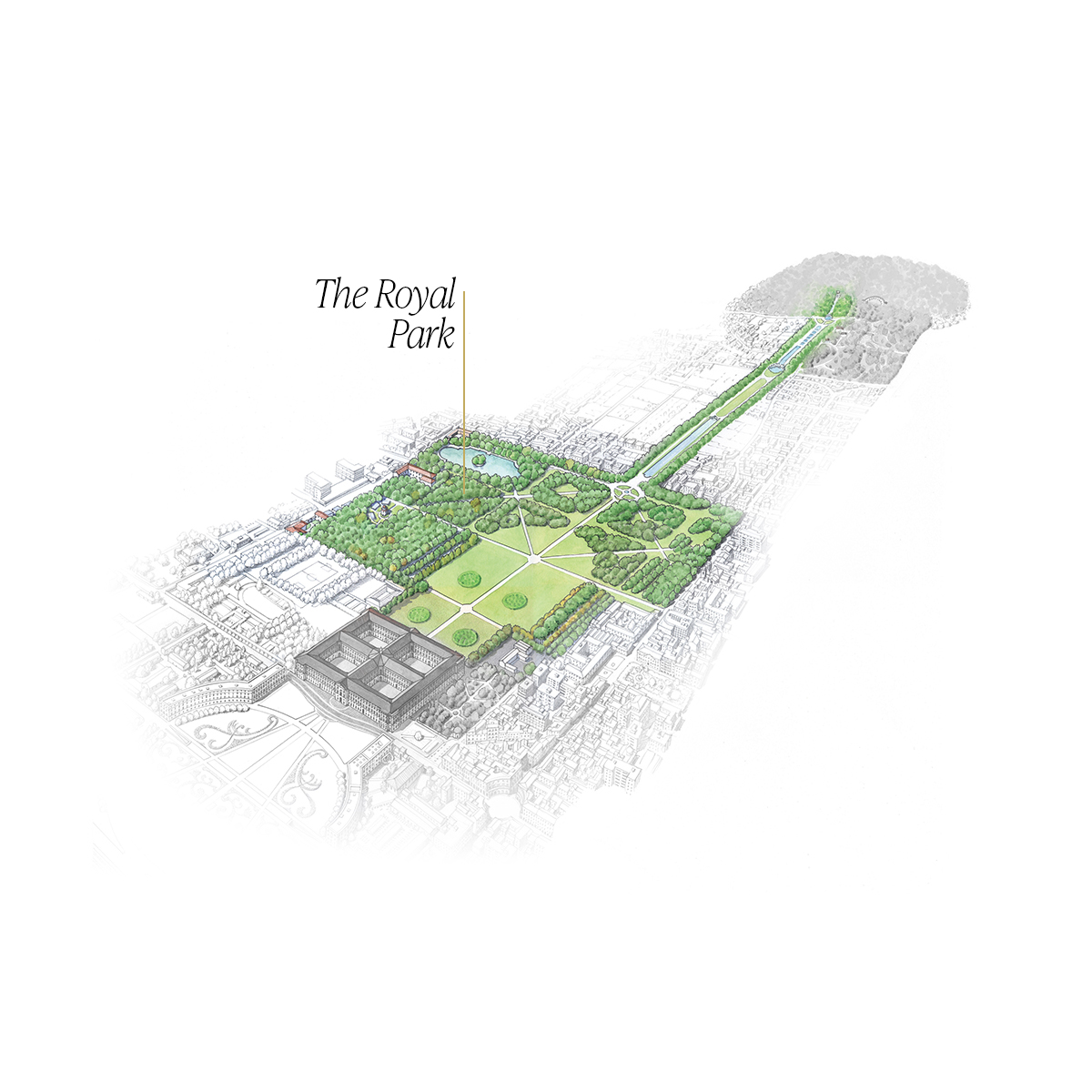
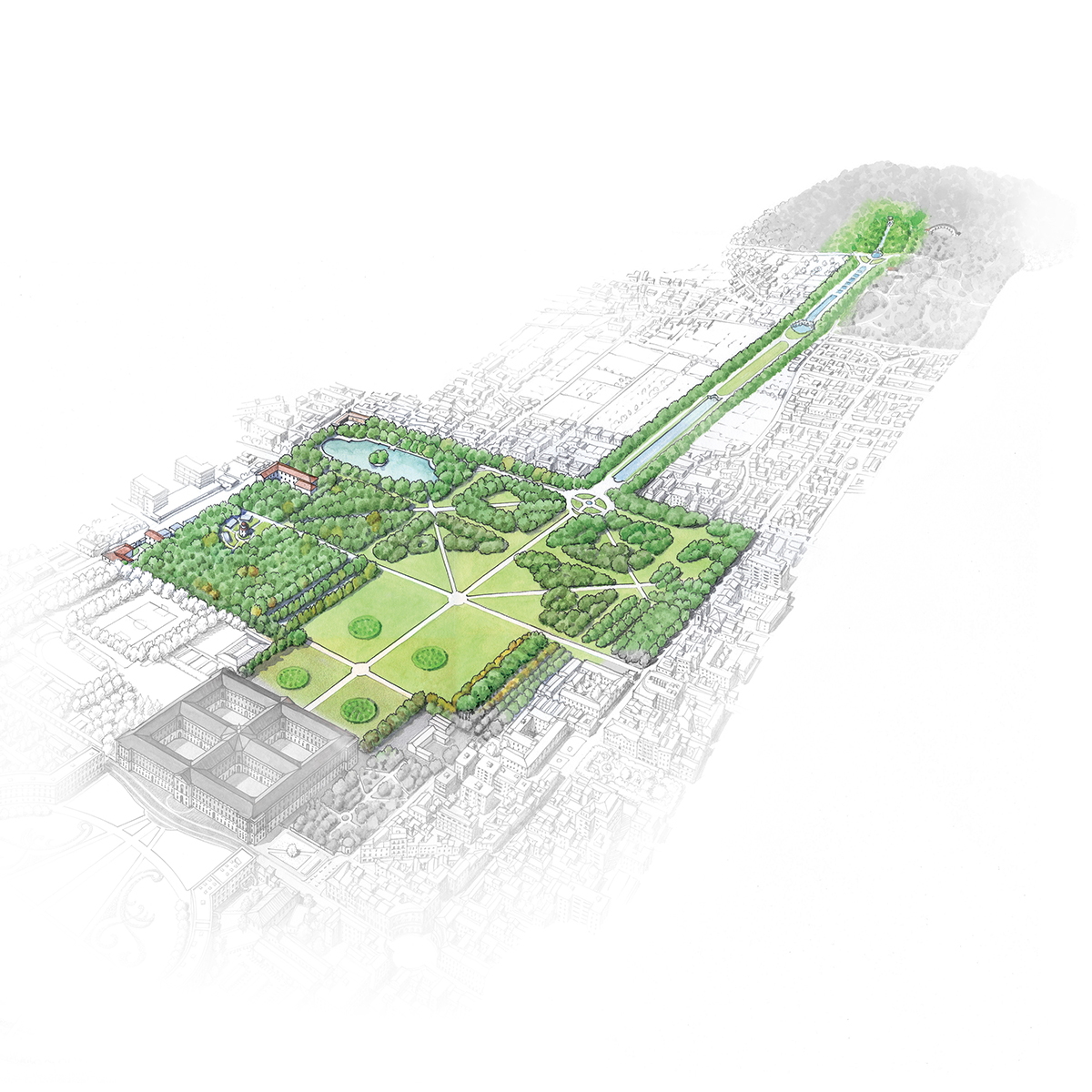
 Via d'acqua
Via d'acqua Castelluccia
Castelluccia Peschiera
Peschiera The Fountain of Dolphins
The Fountain of Dolphins The Fountain of Aeolus
The Fountain of Aeolus The Fountain of Ceres
The Fountain of Ceres The Fountain of Diana and Actaeon
The Fountain of Diana and Actaeon The Fountain of Venus and Adonis
The Fountain of Venus and Adonis The waterfall and Torrione
The waterfall and Torrione The Bosco Vecchio (Old Wood)
The Bosco Vecchio (Old Wood) The Margherita Fountain
The Margherita Fountain
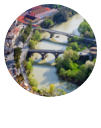






1
 Via d'acqua
Via d'acqua2
 Castelluccia
Castelluccia3
 Peschiera
Peschiera4
 The Fountain of Dolphins
The Fountain of Dolphins5
 The Fountain of Aeolus
The Fountain of Aeolus6
 The Fountain of Ceres
The Fountain of Ceres7
 The Fountain of Diana and Actaeon
The Fountain of Diana and Actaeon8
 The Fountain of Venus and Adonis
The Fountain of Venus and Adonis9
 The waterfall and Torrione
The waterfall and Torrione10
 The Bosco Vecchio (Old Wood)
The Bosco Vecchio (Old Wood)11
 The Margherita Fountain
The Margherita Fountain
Beyond the Royal Palace

1. Via d'acqua2. Castelluccia3. Peschiera4. The Fountain of Dolphins5. The Fountain of Aeolus6. The Fountain of Ceres7. The Fountain of Diana and Actaeon8. The Fountain of Venus and Adonis9. The waterfall and Torrione10. The Bosco Vecchio (Old Wood)11. The Margherita Fountain

Beyond the Royal Palace



